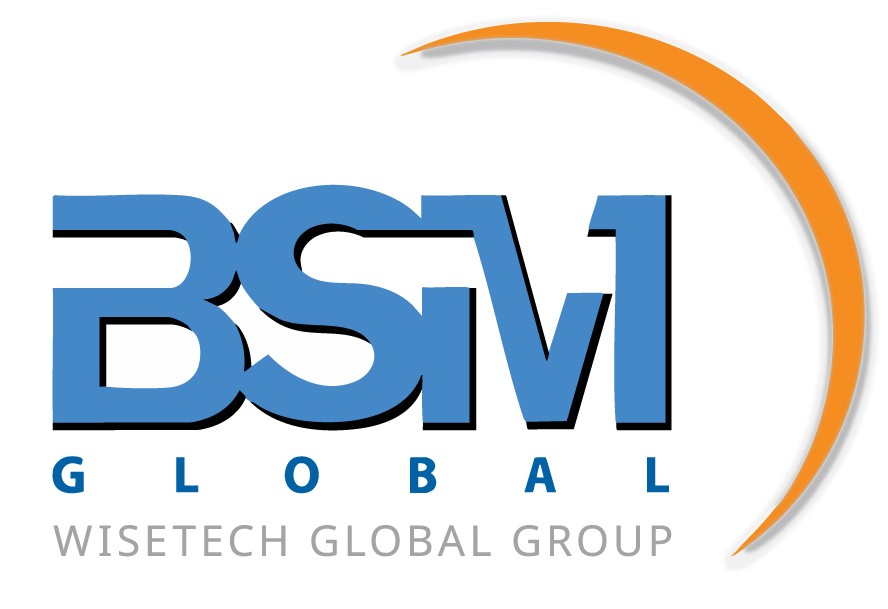Workflow Management
The challenge of traditional workflow tools
At its most basic, a workflow is defined as a series of tasks grouped chronologically into processes.
A poor workflow can result in a flaw in the process itself, however, operators are running into an unexpected culprit when it comes to optimising their processes: The tools they’re using monitor and report on activity throughout the supply chain. Often, traditional workflow management tools are handled manually — usually in the form of Excel-based spreadsheets or physical checklists — a method that is labour intensive, prone to user-driven mistakes and limits the ability to support a process improvement environment and/or be highlighted in automated reporting tools.
The limited collaboration, siloed work processes, inability to track documents and inefficient approval processes all stemming from these outdated measures slow decision making, making it difficult — if not impossible — for operators to keep up with fluctuating demands and operational changes in real-time.
Although the years prior had already seen businesses make significant investments across their digital transformation efforts, COVID-19 and its long-term impact (which has yet to be seen at its fullest) have proved how necessary a comprehensive workflow management solution is to obtaining and maintaining organisational resiliency.
Without effective planning tools in place, an organisation is exposed to significant risks during highly competitive peak trading periods, limiting the ability to manage projected growth while also incurring significant additional costs.
Modernising workflow management
Companies need new, innovative approaches to supply chain design that shifts the focus from cost-minimisation toward value creation.
As Forbes explained, for global organisations that rely on today’s digitised supply chain, the process of bringing a new product to market is slowed by current workflow management methods. From engineering design to sourcing and to maintaining necessary production and manufacturing activities, each activity is negatively impacted by siloed data, function-specific software applications and the absence of cross-functional collaboration.
A comprehensive workflow solution can help in mitigating the associated risks.
These technologies help to a design process that future-proofs supply chains. This modernised approach reflects the complexity, volatility and uncertainty of the competitive environment in which today’s supply chains operate. A modernised workflow management tool empowers each actor in the supply chain to plan collaboratively, using a holistic set of data to run scenarios and estimate potential trade-offs in real-time, including variables such as capacity, cost, margin, delivery performance and fill rate.
Leveraging this technology, workflows can be accurately modeled to integrate all collaborative processes, ultimately providing fast, reliable information about exactly when finished products will be delivered to customers. By formalising more modern workflows to create more efficient and collaborative processes, leaders can benefit from further visibility, better decision making and proactive task management. Plus, skilled team members are freed from highly manual processes, creating more time to focus on far more productive tasks.
Deploying the right workflow solution
Although the benefits of an improved workflow management solution are clear, it can be overwhelming for even the most experienced supply chain leader to create and maintain the infrastructure to support one independently.
At BSM Global, we offer organisations of all sizes an optimised trade management software, with capabilities including: holistic product and profile management, contract and order management, data-driven logistics planning, and reporting.
By deploying our workflow management solution, your company will be able to refine its global trade processes, overcoming many of the highly disruptive business challenges emerging across the industry through features including:
- Centralised workflow reporting designed for the business operations to capture key milestones and areas which require attention and execution.
- User-friendly sales/purchase order and shipment dashboards.
- Management and analytic reporting
- The ability to exchange critical supply chain data with third parties linked directly to operator workflows.
Your organisation needs more than out-dated spreadsheets and manual processes to meet the obstacles of today. If you’re ready to optimise your workflow, undertake a health check of your existing systems and processes, or have additional questions on the application of cloud-based technologies, contact us today.

